Maybe it was a new year’s resolution that got you there. Or a late-night infomercial. Or, as in my case, a great deal on a lightly used piece of equipment. Whatever triggered that purchase, you now have some kind of workout contraption taking up space in your spare room. It might be gathering dust. It might be working overtime as a clothes hanger for your closet overflow. But it’s there, and every time you catch sight of it out of the corner of your eye it seems to accuse you, a constant reminder of your spendy optimism and lack of follow through.
So I have this in my bonus room: A gorgeous, good-as-new C2 rower that I got for about $300 under retail after an Ergomania event. What a deal! Not only do I aspire to improve as a rower, but as a busy person who does her research, I know that rowing is one of the most efficient low-impact workouts. It offers both strength and cardio training, works every major muscle group, it’s great for the core, it’s low impact and, for a woman my size, burns between 410-510 calories per hour. Not that I would ever, EVER spend a full hour on an erg.
This is also an A-grade torture device.
Anyone who’s spent significant time on a rower knows that it eventually makes your lungs burn and your legs ache. If your form is bad, it will make your back hurt. You can’t read a book or talk on the phone like you might be able to do on a stationary bike or an elliptical. You’ll notice at your local gym that these are some of the least popular machines, favored by sadistic personal trainers and just about no one else.
So, how do I actually get myself to use this thing?
In this post we’ll cover three things I’ve tried:
- Equipment-specific workout videos
- Logbook & workout tracking
- A workout app
- The rowing video
I came across Josh Crosby’s ad in “Rowing” magazine: A full page ad that said: “Indoor rowing can actually be fun!” So I went to his Vimeo page and purchased a couple of his premium videos (the free ones were just super short ads). Full disclosure: Josh Crosby comes across as super personable and is easy on the eyes, so my fellow female rowers might want to check this out. The workouts were good, he has some fine tips on form, although since I get easily bored with repetition I can’t see myself doing these all the time. Josh, come out with some new videos, please!
- The C2 Logbook
To harness the power of data and accountability I tried the C2 rower log book. C2 is the maker of the Concept2 erg, one of the most commonly used by on-the-water rowers. Did a 2K, which is one of the classic rower “test” workouts for measuring improvements. Decided to track, if not all of my erg workouts, at least a once-weekly 2K to benchmark my fitness gains. Not super exciting, but maybe I’ll get motivated when I see those split times start creeping down.
The C2 site has a number of challenges you can enter, but these are so lofty (read “grueling”) that I can’t see myself doing them. Spend a spring day indoors for the May Marathon Challenge (41K meters in one workout)? Um, no. The Summer Solstice challenge offers a similarly unenticing way to spend the longest day on the erg: 21K meters in one workout. I’ll pass on that as well, and will check back in on the challenges when the weather gets bad again.
There are a couple of places where the C2 rowing site falls short, and is bound to miss opportunities to gain fans. First, they don’t bug you. Many of us hate to admit it but we need to be reminded. Unlike an app with push notifications and reminders, the C2 logbook sits there passively, politely waiting for you to do your workout and log it.

Another thing that the C2 site could do better is not relying as much on long-term commitment. Check out the “Million Meter Club” above. Look at my progress. Wow, only 998 thousand meters to go!
While it looks like the C2 logbook will be a great way to track my progress on indoor rower-specific workouts, I’ll need to look elsewhere for motivation to put in the meters.
- The workout app
Then, I turned to my app store. With limited rowing-specific workout apps, I decided to try the Studio app. Studio is designed for treadmill running, but the workout lengths (20 to 45 minutes) and focus on interval training make the workouts easily translatable to stationary bikes, ellipticals and even ergs. I’ll review this app in more detail in a future post, but for now I’ll say that the playlists and the fact that they add new recorded workouts every week definitely make this app more fun than going with your standard video workouts.
One of the great things about the Studio app is that it gives you “Fitcoin” (this is some kind of imaginary workout currency you earn with each workout) and you get to level up based on your workouts. Within just days of starting with Studio I had leveled up from “Playful Panda” to “Daring Dragon!!” Yes, I will take any form of positive reinforcement, thank you! But let’s face it, since I use Studio primarily for treadmill running I will still have to buckle down and force myself to use it for rowing meters.
Conclusion:
Between the three tactics I tried here, the Studio app combined with weekly logbook tracking will be the most effective way to get motivated and use that rowing machine. However, to make this stick long-term, the trick is going to be making it a habit – we’ll talk about the power of habits in a future post.

